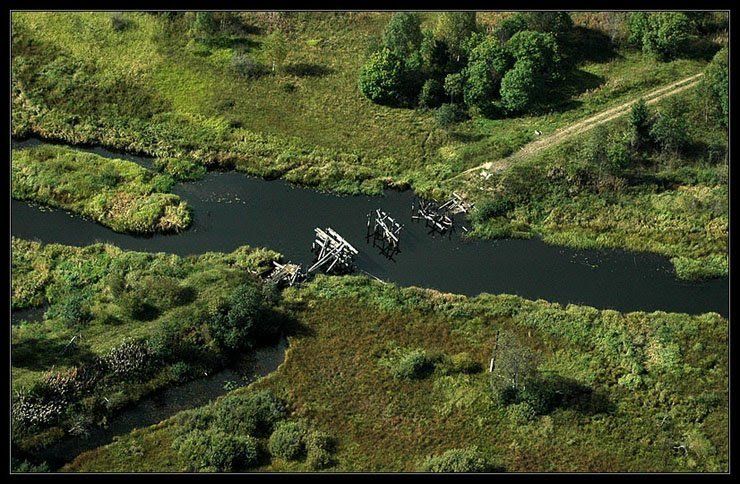|
|
Bird's-eye View Of Russia
|
Railway transport in Russia is mostly under the control of the state-run Russian Railways monopoly. The company accounts for over 3.6% of Russia’s GDP and handles 39% of the total freight traffic (including pipelines) and more than 42% of passenger traffic. The total length of common-used railway tracks exceeeds 85,500 km, second only to the U.S. Over 44,000 km of tracks are electrified, which is the largest number in the world, and additionally there are more than 30,000 km of industrial non-common carrier lines. Railways in Russia, unlike in the most of the world, use broad gauge of 1,520 mm (4 ft 11 5⁄6 in), with the exception of 957 km on Sakhalin Island using narrow gauge of 1,067 mm (3 ft 6 in). The most renown railway in Russia is Trans-Siberian (Transsib), spanning a record 7 time zones and serving the longest single continuous services in the world, Moscow-Vladivostok (9,259 km, 5,753 mi), Moscow–Pyongyang (10,267 km, 6,380 mi) and Kiev–Vladivostok (11,085 km, 6,888 mi).
As of 2006 Russia had 933,000 km of roads, of which 755,000 were paved. Some of these make up the Russian federal motorway system. With a large land area the road density is the lowest of all the G8 and BRIC countries.
102,000 km of inland waterways in Russia mostly go by natural rivers or lakes. In the European part of the country the network of channels connects the basins of major rivers. Russia's capital, Moscow, is sometimes called "the port of the five seas", due to its waterway connections to the Baltic, White, Caspian, Azov and Black Seas.
Major sea ports of Russia include Rostov-on-Don on the Azov Sea, Novorossiysk on the Black Sea, Astrakhan and Makhachkala on the Caspian, Kaliningrad and St Petersburg on the Baltic, Arkhangelsk on the White Sea, Murmansk on the Barents Sea, Petropavlovsk-Kamchatsky and Vladivostok on the Pacific Ocean. In 2008 the country owned 1448 merchant marine ships. The world's only fleet of nuclear icebreakers advances the economic exploitation of the Arctic continental shelf of Russia and the development of sea trade through the Northern Sea Route between Europe and East Asia.
|
|









